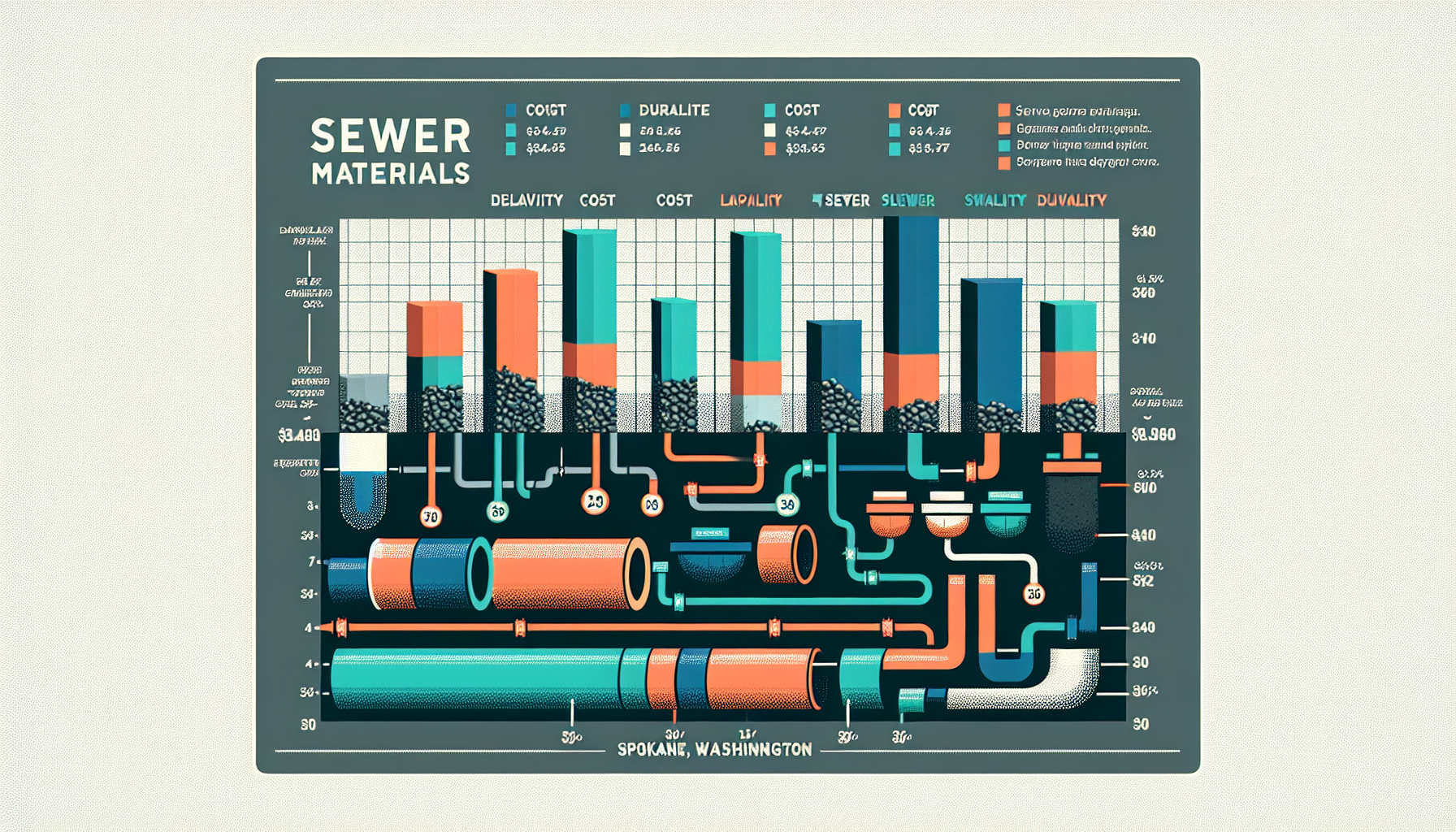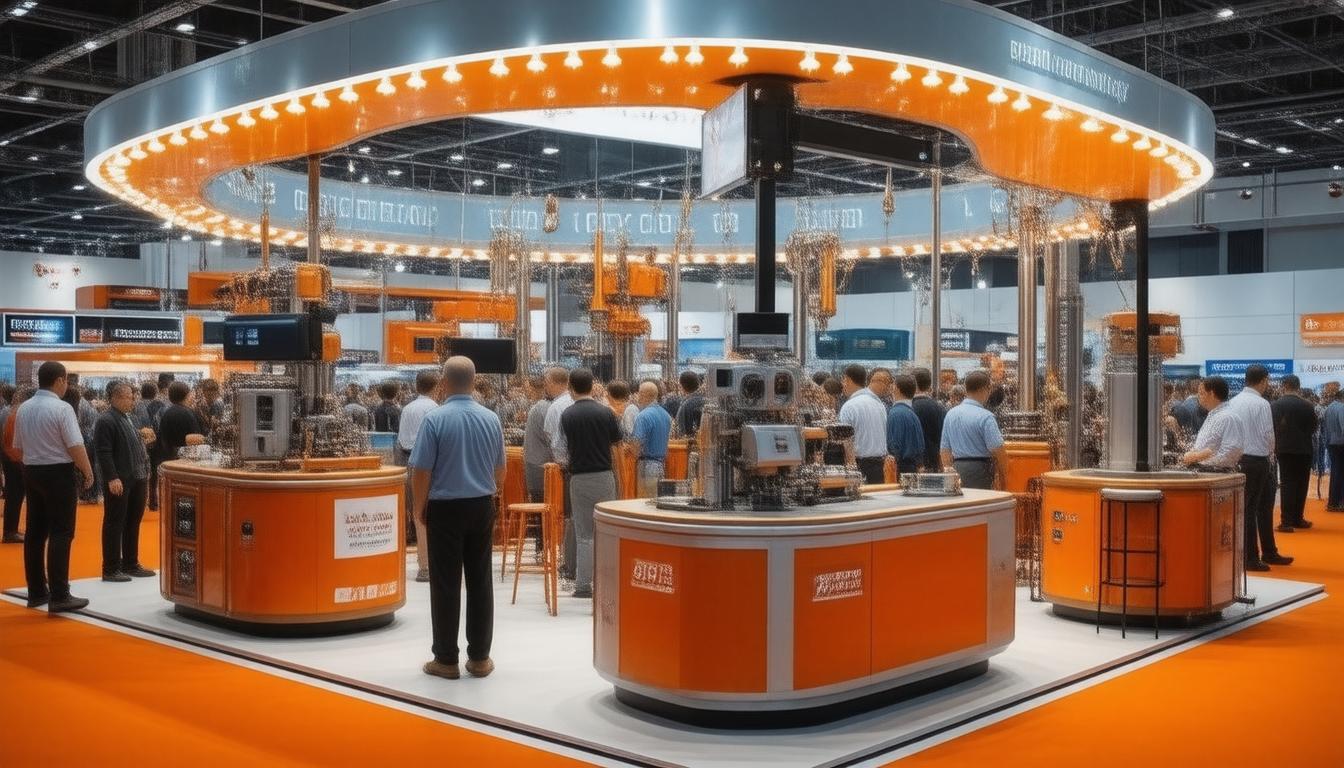
In Spokane, WA, as in many other cities, the selection of materials for sewer construction and rehabilitation is a critical decision that impacts both the durability of the infrastructure and the cost to the city and its residents. Sewer systems are vital for public health, environmental protection, and the overall quality of life, thus the materials used must be able to withstand the rigors of underground service for decades.
Common Sewer Pipe Materials in SpokaneHistorically, the sewer pipes in Spokane have been constructed from a variety of materials, each with its own set of advantages and drawbacks. The most commonly used materials include:
– Vitrified Clay Pipe (VCP): Known for its longevity and resistance to chemical degradation. It’s quite durable but has been surpassed by other materials due to its brittleness and weight.
– Concrete Pipe: Durable and strong, concrete is a good choice for larger diameter applications. The weight and difficulty in handling, however, can increase installation costs.
– Polyvinyl Chloride (PVC): PVC is lightweight, easy to install, and highly resistant to corrosion and chemical damage. It’s a cost-effective solution that has become popular in recent years for its versatility.
– High-Density Polyethylene (HDPE): Known for its flexibility, HDPE is particularly useful in earthquake-prone areas. It’s also a cost-effective option with a strong resistance to chemical attack and abrasion.
Analyzing DurabilityThe durability of sewer pipes is influenced by various factors, including soil composition, level of traffic above ground, installation practices, and the presence of chemicals in the sewage. Spokane’s geography and climate require materials that can endure freeze-thaw cycles, earth movements, and the effects of flowing wastewater.
Concrete and VCP are traditional options known for their longevity, with life expectancies that can extend over a hundred years. However, HDPE and PVC offer excellent resistance to environmental stressors and have a projected service life that can also exceed 100 years under ideal conditions. They are also less susceptible to breakage during earthquakes due to their flexibility.
Balancing Cost ConsiderationsWhen it comes to cost, there are both short-term and long-term factors to consider:
– Initial Installation Costs: PVC and HDPE typically offer lower installation costs compared to concrete and VCP due to their lighter weight and ease of handling. They don’t require heavy lifting equipment and can be installed faster which reduces labor costs.
– Maintenance and Repair Costs: Over their lifetime, the costs associated with maintenance and repair can vary greatly among the different materials. While PVC and HDPE might be less expensive initially, any required repairs can be more frequent depending on use. Conversely, while concrete and VCP may have higher up-front costs, their need for repairs may be less frequent.
– Longevity as Investment: Considering the full lifespan of sewer materials is essential. Materials that may be more expensive upfront but last longer could offer savings down the road, reducing the frequency of replacements and disruptions.
Making the Best Choice for SpokaneThe City of Spokane must weigh these factors and consider local conditions when choosing sewer materials. Current trends show a shift towards using plastic materials like PVC and HDPE because of the balance they offer between cost-efficiency and durability. Additionally, these materials align well with the city’s objectives to implement cost-effective and sustainable solutions.
Ultimately, the choice of material will depend on the specific project’s requirements, budget constraints, and desired longevity. It is a complex decision that involves long-term thinking, and an understanding of Spokane’s unique infrastructure needs.
ConclusionSewer material choice in Spokane, WA, is a function of both durability and cost. The ideal selection for any given situation demands a thorough understanding of material properties, local environmental conditions, and financial implications over the lifecycle of the infrastructure. With careful consideration and planning, Spokane can continue to improve its sewer systems, ensuring reliable service for its residents while managing costs effectively.






